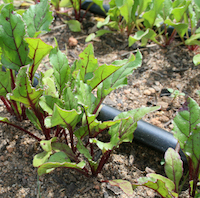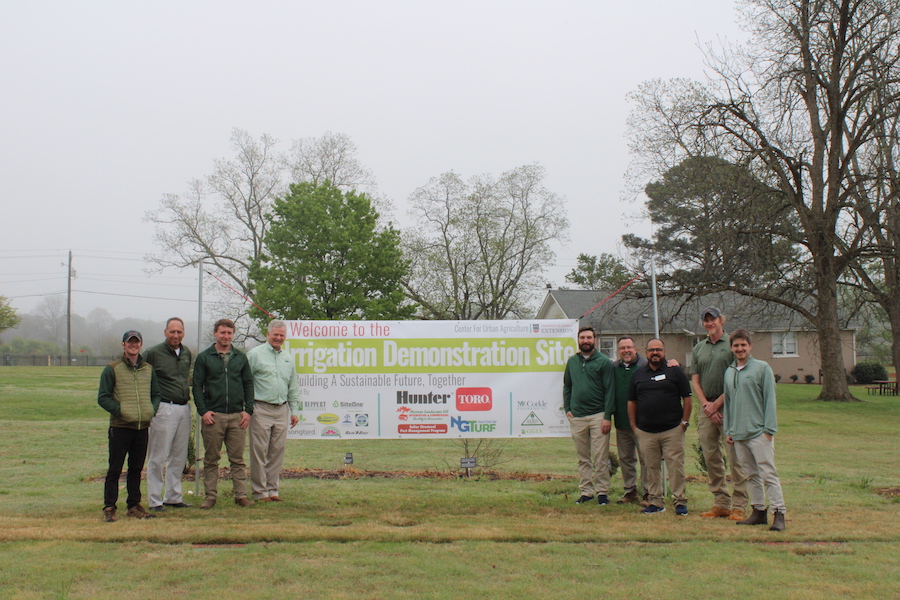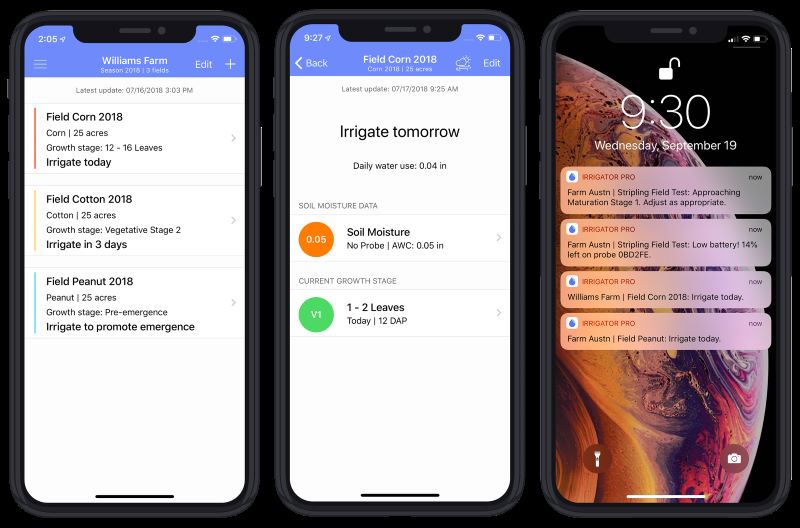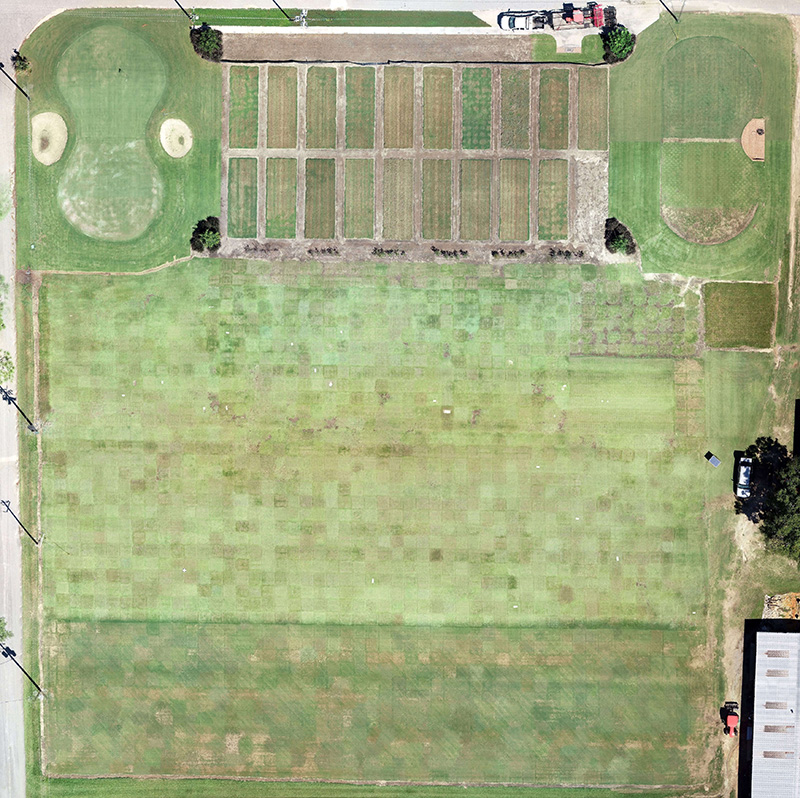Many homeowners have a substantial investment in the various trees, shrubs and annuals in their landscape. Trying to keep these prized plants watered can sometimes be a challenge, especially in times of drought.
We all drive past beautiful commercial landscape properties that have automated sprinkler systems that distribute water in every direction. Fully automated irrigation systems like these can be very expensive. While installing underground irrigation systems and pop-up sprinklers can be complicated and is best left to a professional, anyone with a little initiative can add a drip irrigation system to water landscape plants.
First, take an inventory of your landscape. Make a list of the trees, shrubs and flower beds that you want the system to water. Realize that trees and larger shrubs can consume more water than annual flower-bed plantings, but they can also go longer periods of time without irrigation. It is wise to create zones of plants with similar water requirements.
You will need a water source, whether it’s an outdoor faucet or a dedicated well.
The first item leading from the water source will be a backflow device to prevent any contaminants from going back into the water source.
Next, add a timer. Timers can range from simple wind-up devices to sophisticated, hard-wired, moisture-detecting irrigation controls. For the average consumer, a battery-operated automated water timer is a good compromise. These simple devices range in cost from $30 to $75.
The next item required is a water filter – basically a small canister that contains some type of screen filter and catches small debris like silt or sand before it enters the drip lines. If you are served by city water, you may not need a filter. If you are irrigating from a well or possibly a pond, a filter will be essential.
After the filter comes the pressure regulator, a very important component. This basically reduces water pressure down to a flow that is much lighter than the spigot. Typically, a water spigot puts out between 40 and 60 pounds per square inch (psi). The pressure regulator will cut that down to somewhere between 10 and 20 psi, depending on the system. Without this vital component, your emitters can blow out and create flooding.
Now, a supply line delivers the irrigation to the landscape. This flexible, plastic pipe comes in different diameters, but typically a half-inch pipe is used. Drip irrigation pipe with emitters can be purchased, or you can buy solid pipe and install emitters yourself.
You can also use a combination of different emitters, depending on the variations in your landscape. For example, mass ground cover plantings, like a bed of liriope, would best be served by a drip line with emitters spaced every 12 inches. A solid drip hose with emitters placed strategically at each plant works best for large shrubs and trees. You will probably need some elbows, tees and end stops to round out your personalized irrigation system.
Complete irrigation kits that contain everything you need from start to finish for a set amount of square footage can be purchased. The components are also sold separately if you choose to design and personalize your system.
Because drip irrigation systems use low pressure and much less water, you should have enough volume to supply your whole landscape without creating specific zones. I prefer to create zoned areas based on the water needs of individual plants. My annuals and herbaceous perennials are on one line, while my shrubs are on another. I also run a separate line to water fruit or ornamental trees. This method allows me to provide water according to the plants’ needs.
This does not mean you need three different irrigation systems. Everything can easily run through the same timer, filter and pressure regulator. You just need cutoffs to close off any systems that do not need water.
Everything you need, from timers to emitters, can be purchased at large home improvement stores or online from companies that specialize in drip irrigation systems.
Drip irrigation systems can be fully automated, but you should still check the water pressure and emitters frequently for clogs or blowouts. Sometimes mice will chew into the lines and cause leaks. Check your system at least once a week, while it is turned on, to make sure everything is functioning properly. Inspect the filter and clean it as necessary or at least once every few weeks.
When winter arrives, you may not be able to run your system if it stays too cold in your region. If this is the case, drain the water out of the line and use the system only during warmer temperatures. Irrigation timers are very susceptible to cracking if water freezes in them.
If you keep a watchful eye on your system, it should last for years to come. As you sit on your porch and sip a cool glass of iced tea, you will probably wonder why you didn’t install one years ago.







